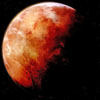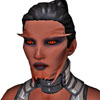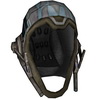 |
 |
 |
Sith (23)Full unit name: SithLast updated: 18.10.2024 23:30:28Version: 8.02.002.2024.01.13 |
Navigation (7)
Basic info
First appearance: Tales of the Jedi : The Saga of Nomi Sunrider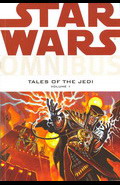 Included intoTales of the Jedi, Volume 1(GRAPHIC NOVEL) Included intoTales of the Jedi, Volume 1(GRAPHIC NOVEL) | |||
Native to: Korriban
| |||
Known Facts (7)
The Cold War (3) »
- Praven wore Sith Warrior Armor A03.2
- Praven wore SW02 A03.2 Helmet
- Praven used L3 Sith Lightsaber
An Opportunity Too Good to Pass Up (2) »
A More Immediate Concern (2) »
- Rora Seake wore SW02 A03.2 Helmet
- Rora Seake used L2 Lightsaber
Summary
Sith, known alternatively as Red Sith or just the Sith Purebloods, were a species of red-skinned humanoids that originated on the world of Korriban
|
||||||||||||
Known for being a members of the following organizations
.jpg) |
 |
.jpg) |
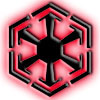 |
 |
Known weapons or equipment, usually of those who were not members of any organization
 |
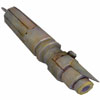 |
Complete list
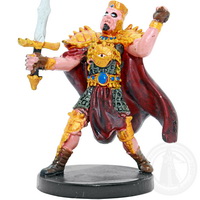 |
 |
 |
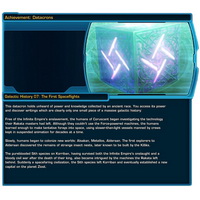 |
 |
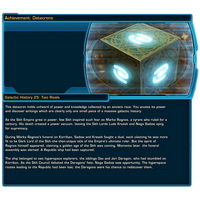 |
|---|---|---|---|---|---|
Tags (6)Vergost | Reconstitued Sith Empire | Moff | Commander | Hutt Cartel | Evocii |
Tags (6)Infinite Empire | Rakata | Coruscant | Korriban | Adas | Star Forge |
Tags (7)Jedi Order | The Exiles | Ajunta Pall | Corbos | Galactic Republic | Korriban | Old Sith Empire |
Tags (12)Marka Ragnos | Sith Lord | Naga Sadow | Ludo Kressh | Korriban | Old Sith Empire | Dark Lord of the Sith | Explorer | Gav Daragon | Jori Daragon | Sith Council | Force Spirit |
||
Events (2) |
|||||
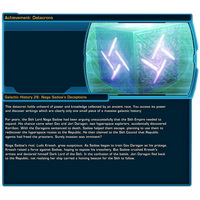 |
 |
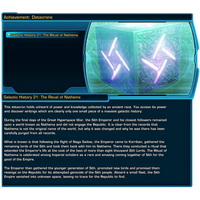 |
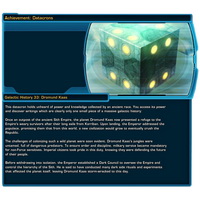 |
 |
 |
Tags (11)Naga Sadow | Korriban | Old Sith Empire | Sith Lord | Galactic Republic | Dark Lord of the Sith | Gav Daragon | Jori Daragon | Explorer | Ludo Kressh | Sith Council |
Tags (12)Old Sith Empire | Galactic Republic | Sith Lord | Naga Sadow | Jori Daragon | Sith Council | Empress | Teta | Empress Teta System | Coruscant | Jedi Order | Warlord |
Tags (3) |
Tags (4) |
Tags (4) |
|
 |
 |
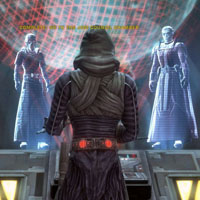 |
 |
 |
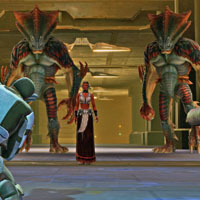 |
Tags (3)Nar Shaddaa | Harok | Zavrasha |
Tags (3)Harok | Zavrasha | Nar Shaddaa |
Tags (9)Coruscant | Darth Angral | Sith Warrior Armor A08.1 | Sith Lightsaber | Sith Lord | Praven | Sith Warrior Armor A03.2 | SW02 A03.2 Helmet | Sith Order |
Tags (13)Coruscant | Jedi Order | Jedi Padawan | Kira Carsen | Hero of Tython | Hero of Tython's Followers | Sith Order | Sith Lord | Nefarid | Sadic | Darth Angral | Praven | Jedi Knight |
Tags (17)Taris | Taris Resettlement Authority | Colonist | Leader | Yelzrin | Hero of Tython's Followers | Hero of Tython | Jedi Order | Sith Order | Rora Seake | Rora Seake's Armor | SW02 A03.2 Helmet | L2 Lightsaber | Assassin | Beastmaster | Jurgoran | Jedi Knight |
|
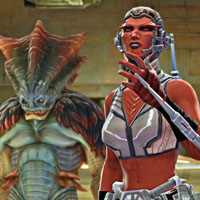 |
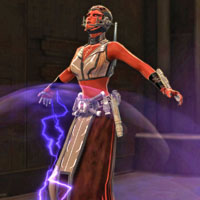 |
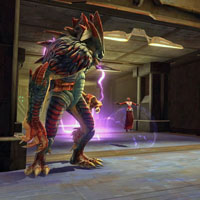 |
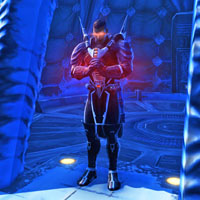 |
 |
|
Tags (8)Taris | Sith Order | Assassin | SW02 A03.2 Helmet | Rora Seake's Armor | Rora Seake | Beastmaster | Jurgoran |
Tags (7)Taris | L2 Lightsaber | SW02 A03.2 Helmet | Rora Seake's Armor | Rora Seake | Assassin | Beastmaster |
Tags (8)Taris | Sith Order | Assassin | SW02 A03.2 Helmet | Rora Seake's Armor | Rora Seake | Beastmaster | Jurgoran |
Tags (4)Hoth | Sith Warrior | Sith Order | Assassin |
||
Full unit name: Sith Last updated: 18.10.2024 23:30:28
